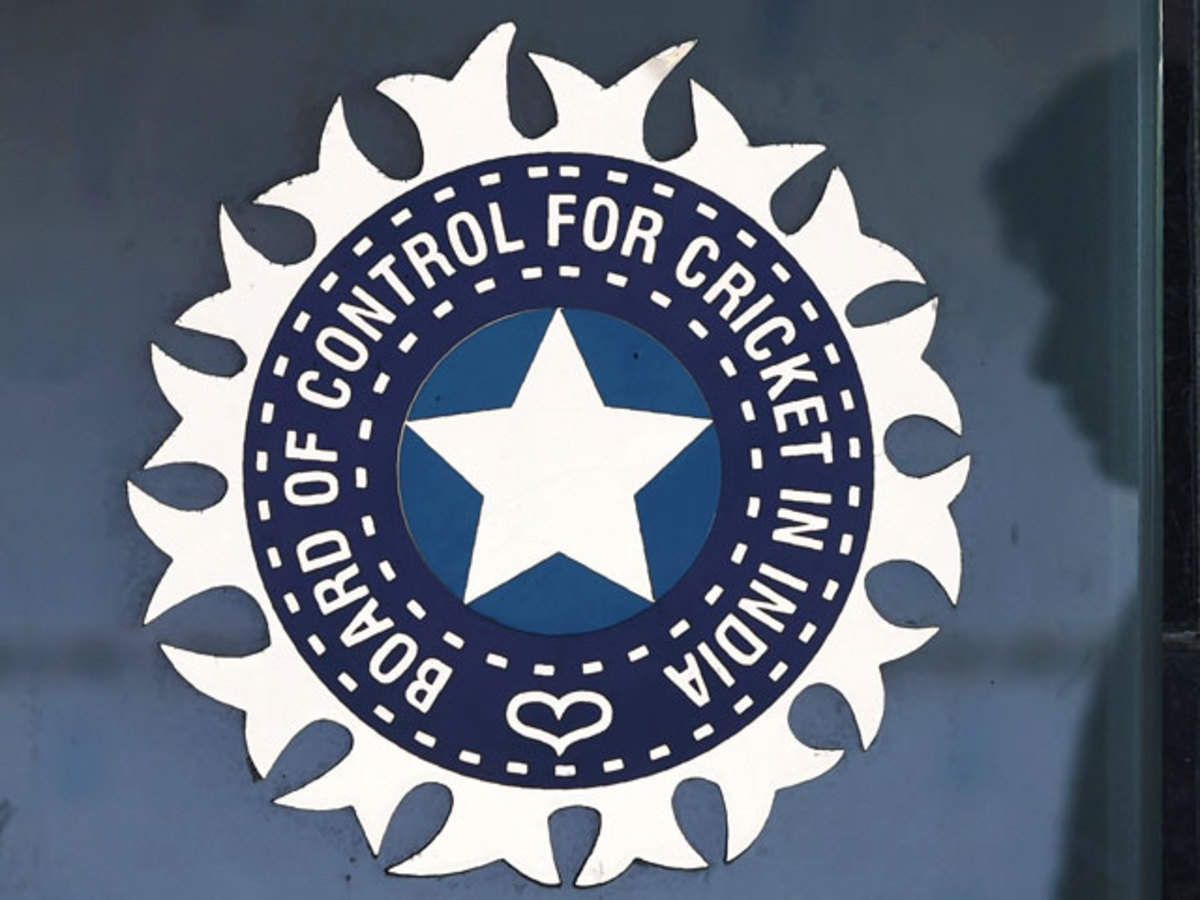The free hit rule in cricket has been a subject of significant interest and debate among players, coaches, and enthusiasts.
This rule allows the batsman to face a delivery without the risk of getting dismissed through certain modes of dismissal.
Its introduction aimed to address concerns regarding excessive no-balls by providing an advantage to the non-striker’s team.
However, its implementation has raised questions about fairness and strategic approaches for capitalizing on this opportunity.
Exploring the origin, purpose, application, and controversies surrounding the free hit rule is crucial for understanding its impact on cricket matches.
- The Free Hit rule was introduced by the International Cricket Council (ICC) in 2007 to penalize bowlers for overstepping the crease and discourage no-balls, while providing an advantage to the non-striker's team.
- The Free Hit rule deters bowlers from committing no-balls and allows batsmen to score freely without the risk of getting out, shifting the pressure onto the bowler and altering the dynamics and momentum of the match.
- When a bowler commits a no-ball, a Free Hit is awarded to the batsman, allowing them to score runs without the fear of dismissal via conventional methods.
- Strategies for capitalizing on a Free Hit include analyzing field placements, showcasing aggressive batting skills, targeting boundary ropes, manipulating gaps in the field, and strategically placing shots to maximize scoring opportunities.
The Origin and Purpose of the Free Hit Rule
The origin and purpose of the free hit rule in cricket can be traced back to the International Cricket Council’s aim to discourage bowlers from committing no-balls.
Originally introduced in 2007 for One Day Internationals (ODIs) and later extended to Twenty20 Internationals (T20Is), the free hit rule was implemented as a penalty for bowlers who overstepped the crease while delivering a ball.
This meant that if a no-ball was called for this infringement, the subsequent delivery would be declared a free hit. During this type of delivery, the batsman cannot get out by any means except run-out.
The introduction of the free hit rule has had several effects on cricket. Firstly, it has deterred bowlers from committing no-balls as they risk giving away an additional run without having an opportunity to dismiss the batsman.
Secondly, it has provided batsmen with an advantage by allowing them to score freely without worrying about getting out.
When is a Free Hit Awarded?
Awarding a free hit occurs when a bowler commits a no-ball infringement in the game of cricket. This rule was introduced by the International Cricket Council (ICC) in 2007 to discourage bowlers from bowling illegal deliveries, such as overstepping the popping crease.
A free hit provides a significant advantage to the batsman, as it allows them to play a shot without the fear of getting out via conventional methods like being caught or stumped.
Here are five key points regarding the significance and impact of a free hit in cricket:
- It gives the batsman an opportunity to score runs freely, as they cannot be dismissed off that delivery except for run-out.
- The pressure shifts onto the bowler, who must ensure not to commit further infringements during this delivery.
- Field placements become crucial, as smart placement can prevent boundaries and restrict scoring opportunities.
- Free hits can alter match dynamics and momentum by allowing batsmen to take risks and score quick runs.
- It adds excitement and drama for players and spectators alike, creating thrilling moments in matches.
Understanding these aspects is essential for teams when strategizing on how best to capitalize on a free hit opportunity.
Strategies for Capitalizing on a Free Hit
Strategies for capitalizing on a free hit opportunity involve careful analysis of field placements and considering the potential impact on match dynamics. When a free hit is awarded, it provides an ideal platform for batsmen to showcase their aggressive batting skills.
They can exploit the bowler’s strategies by taking calculated risks and attempting big shots without the fear of getting dismissed. However, success in capitalizing on a free hit requires astute decision-making and effective shot selection.
One strategy that batsmen often employ during a free hit is to target the boundary ropes. By aiming for maximums, they can accumulate runs quickly and put pressure on the opposing team.
Batsmen may also look to manipulate the gaps in the field through well-placed shots, forcing fielders to cover more ground and potentially create scoring opportunities.
Furthermore, analyzing the field placements becomes crucial for maximizing scoring opportunities during a free hit.
Batsmen need to identify areas where there are fewer fielders or where gaps have been created due to specific bowling tactics.
This allows them to place their shots strategically and increase their chances of scoring boundaries or running between wickets.
In conclusion, successfully capitalizing on a free hit requires careful analysis of field placements, understanding the bowler’s strategies, and executing aggressive batting techniques.
By adopting these strategies effectively, batsmen can make significant contributions to their team’s total score during such opportunities.
This brings us to the controversies and debates surrounding the free hit rule.
Controversies and Debates Surrounding the Free Hit Rule
Controversies and debates surrounding the implementation of the free hit rule arise from concerns about its impact on the balance between bat and ball in the game.
The rule, which allows a batsman to face a delivery without fear of dismissal except by run-out, is awarded when a bowler delivers a no-ball.
While some argue that the free hit rule adds excitement to the game and rewards aggressive batting, others believe it tilts the balance too heavily in favor of batsmen.
- Umpire‘s discretion in awarding a free hit: One source of debate lies in the umpire’s discretion in determining whether a no-ball has been delivered. Some argue that this can lead to inconsistencies and potential bias.
- Impact of the free hit rule on match outcomes: Critics contend that allowing batsmen an additional opportunity to score freely after a no-ball can significantly alter match outcomes. They argue that it reduces bowler control and gives an unfair advantage to batting teams.
- Encouragement of negative bowling tactics: Another point of contention arises from accusations that bowlers deliberately bowl no-balls to avoid conceding runs off free hits, leading to negative tactics such as wides or short-pitched deliveries.
- Effect on traditional cricket skills: Lastly, opponents suggest that the free hit rule undermines traditional cricket skills by reducing consequences for poor shot selection or inappropriate aggression.
Unraveling the Impact of the Free Hit in Cricket
The free hit rule in cricket has its origin in the need to discourage bowlers from bowling no-balls. It grants a batting team the opportunity to score runs without any risk of getting out, except for run-outs.
The rule is awarded when a bowler delivers a no-ball by overstepping the crease. Teams can capitalize on this opportunity by aiming to score boundaries and maximize their run count.
However, controversies and debates have arisen regarding the fairness and effectiveness of this rule in maintaining balance between bat and ball.
In conclusion, the free hit rule, like a beacon of hope amidst uncertainty, provides an exciting chance for batsmen to unleash their full potential while challenging traditional norms in cricket.
Frequently Asked Questions:
How many runs can a batsman score off a free hit delivery?
A batsman can score any number of runs off a free hit delivery in cricket. However, the maximum runs that can be scored depend on the fielding positions and the strategies employed by both the batsman and the opposing team.
Can a batsman be dismissed on a free hit delivery?
A batsman cannot be dismissed on a free hit delivery in cricket. However, the scoring options are not limited as the batsman can score runs by hitting the ball or through extras like no balls and wides.
Can a bowler change his bowling style or delivery for a free hit ball?
During a free hit ball in cricket, the bowler cannot change their bowling style or delivery. This restricts the bowler's strategy and gives the batsman an advantage by allowing them to anticipate the type of delivery.
Does the free hit rule apply in all formats of cricket?
The free hit rule does not apply in all formats of cricket. There are variations in the free hit rules across different formats, with certain exceptions to when a free hit can be awarded.
Is the free hit rule applied in international cricket matches only or in domestic matches as well?
The free hit rule, which allows the batsman to play a shot without the risk of getting out in certain instances of a no-ball, is applied both in international and domestic cricket matches. Its impact on the game includes increasing scoring opportunities and adding excitement for players and spectators alike. Compared to other cricketing rules, the free hit rule holds significance as it provides a chance for batsmen to capitalize on their scoring potential while penalizing bowlers for bowling illegal deliveries.











